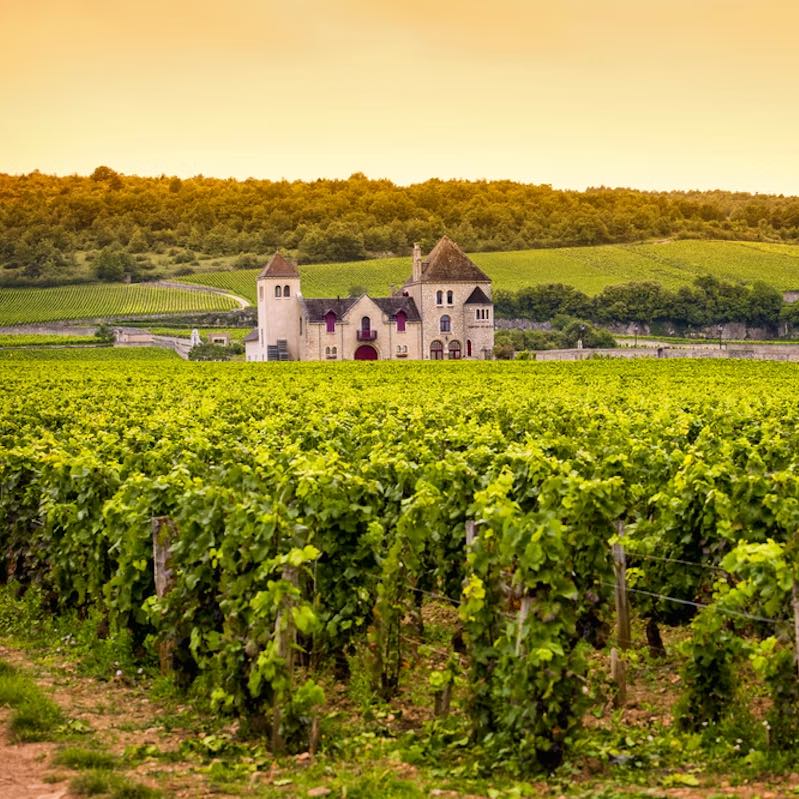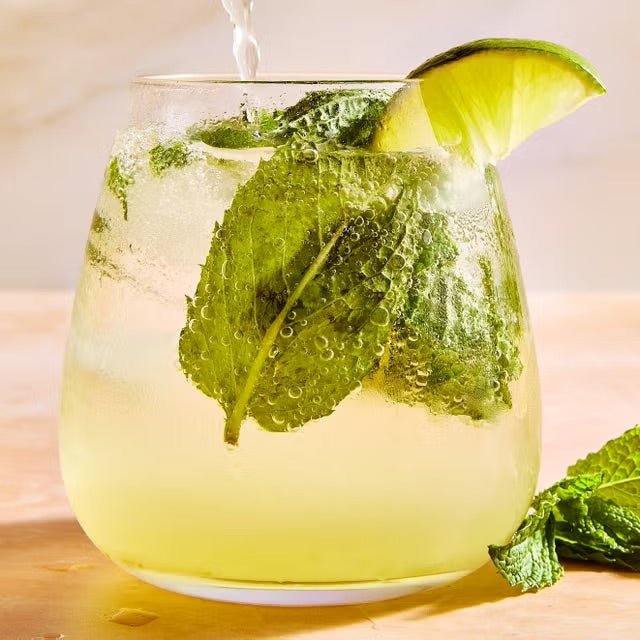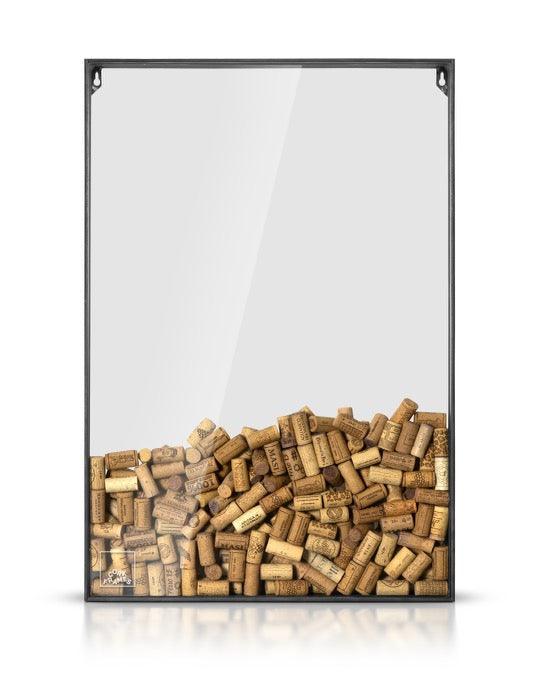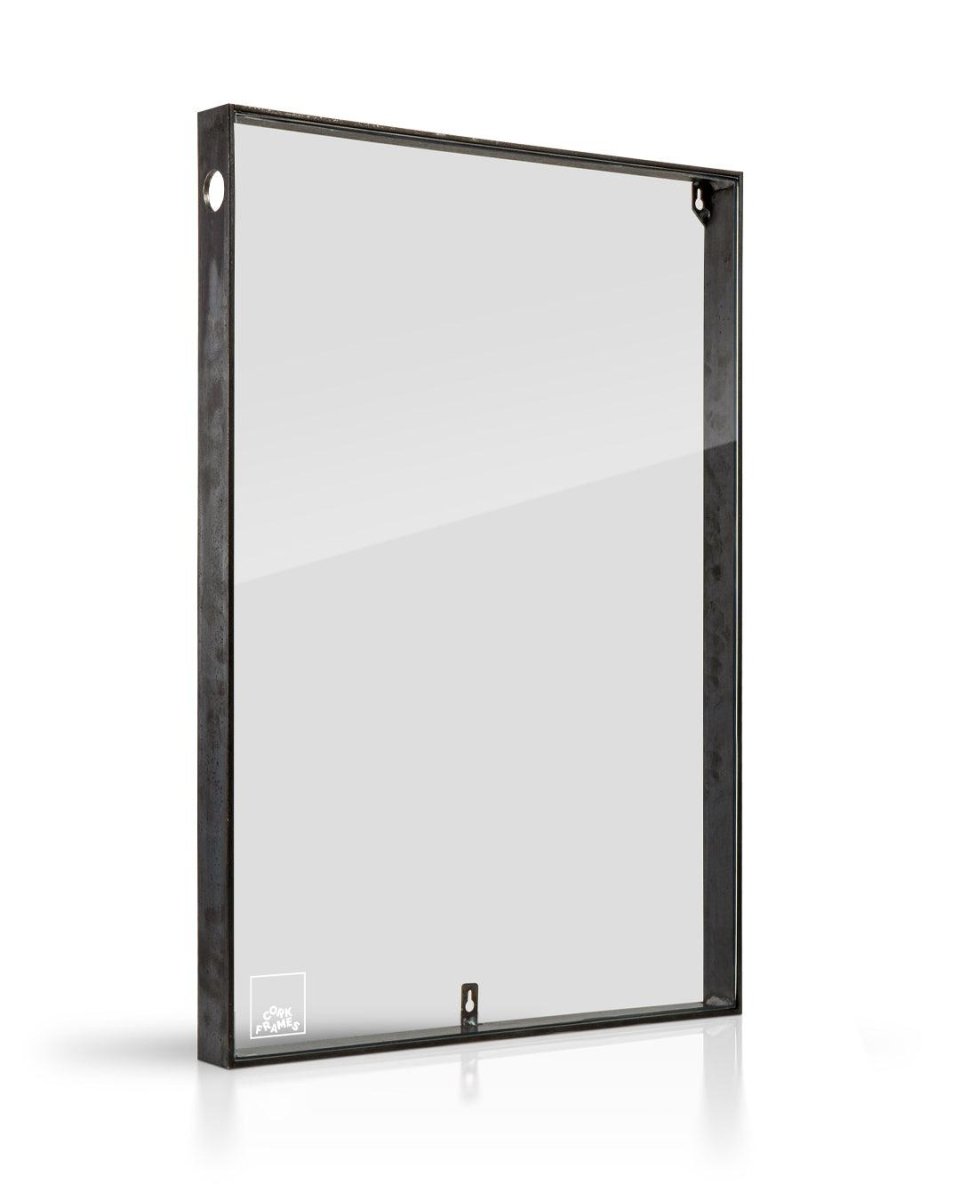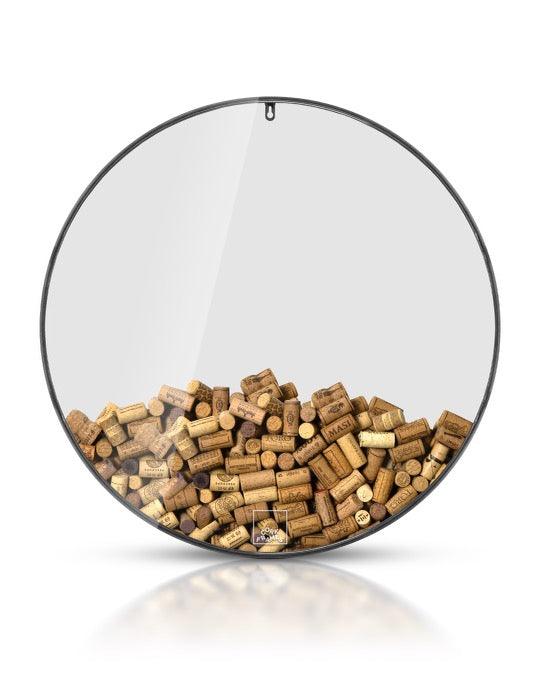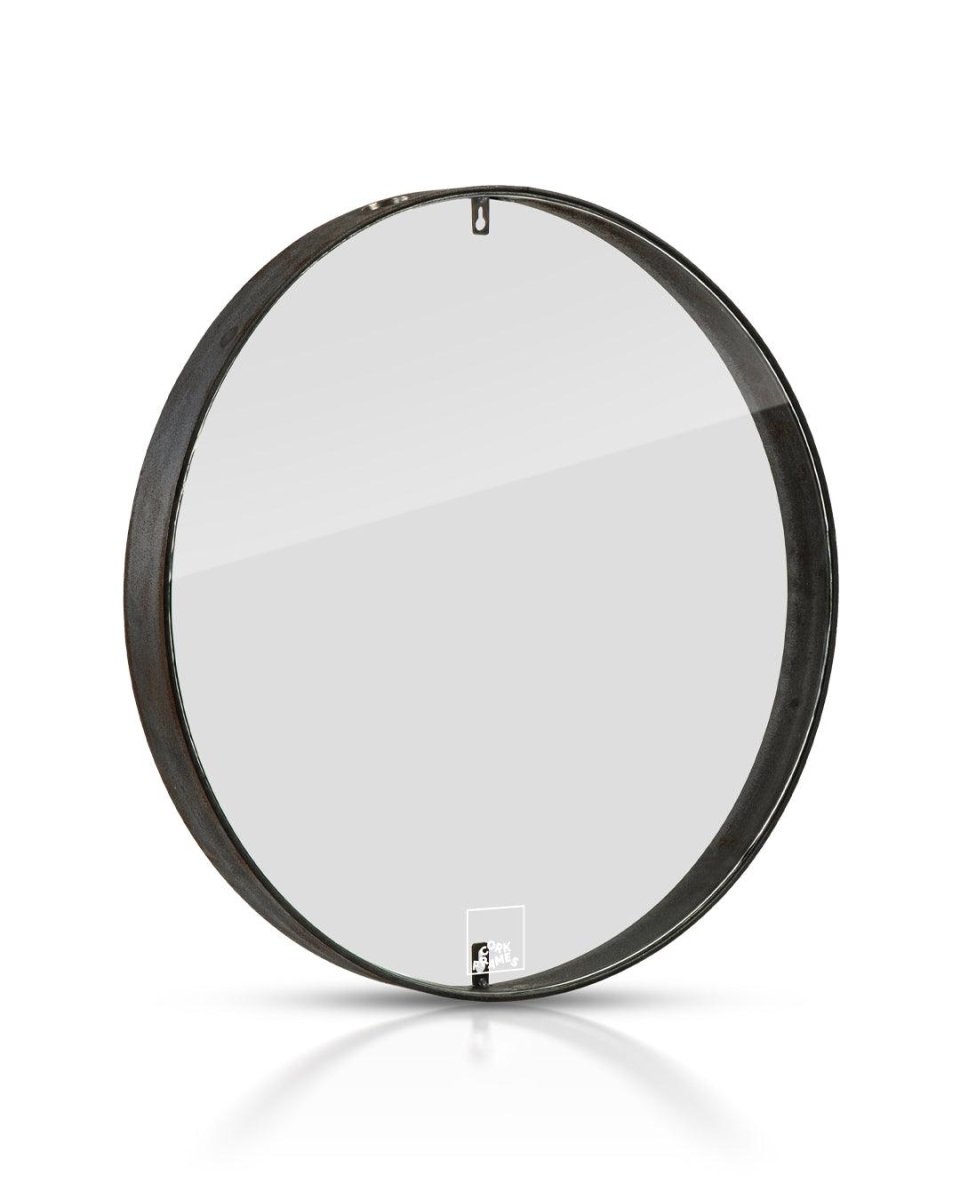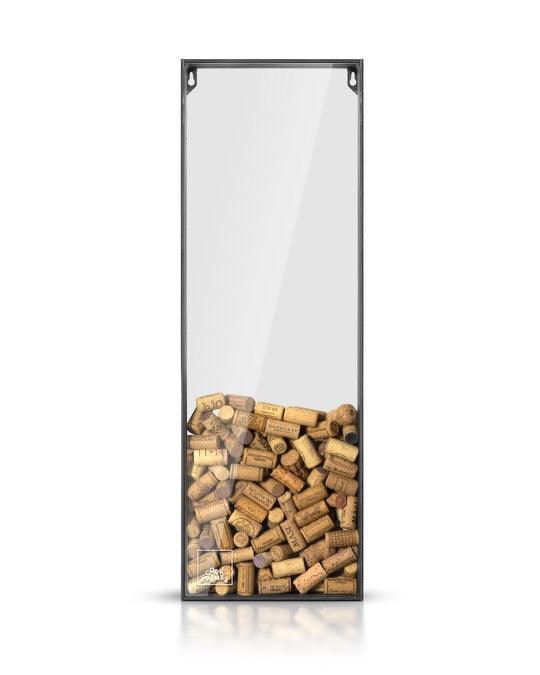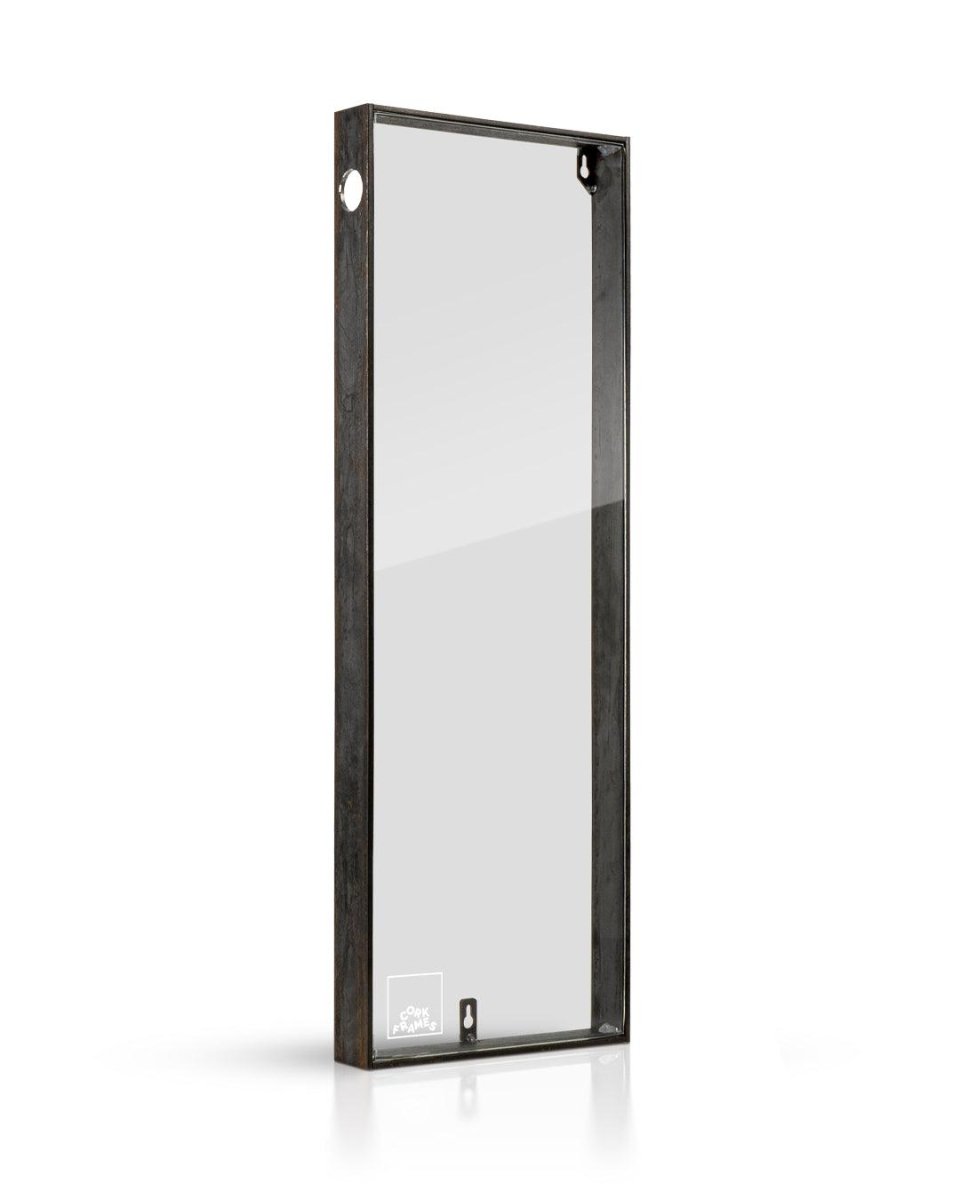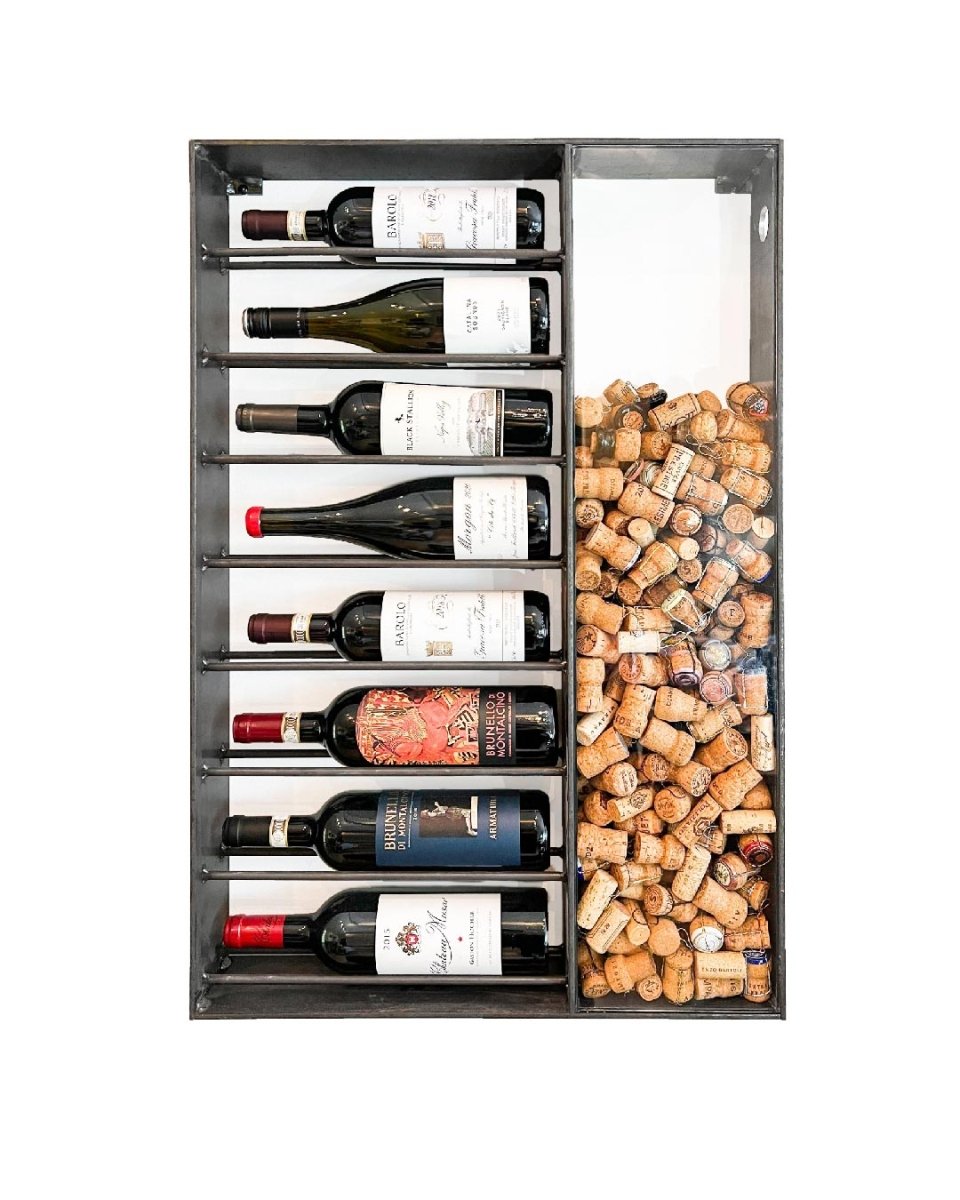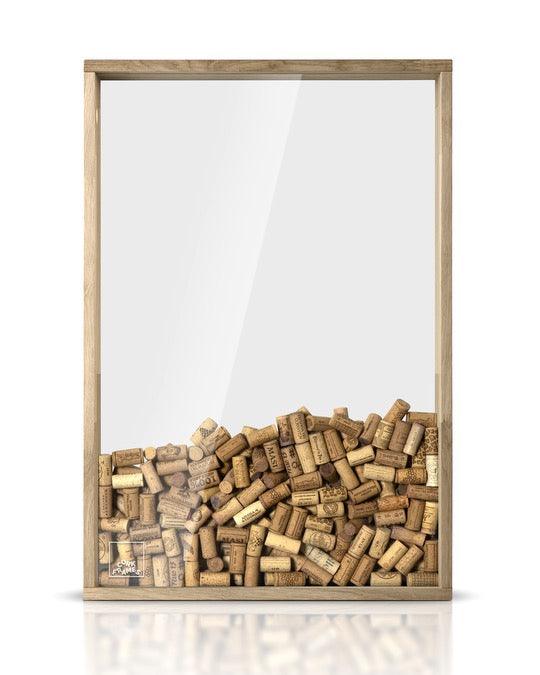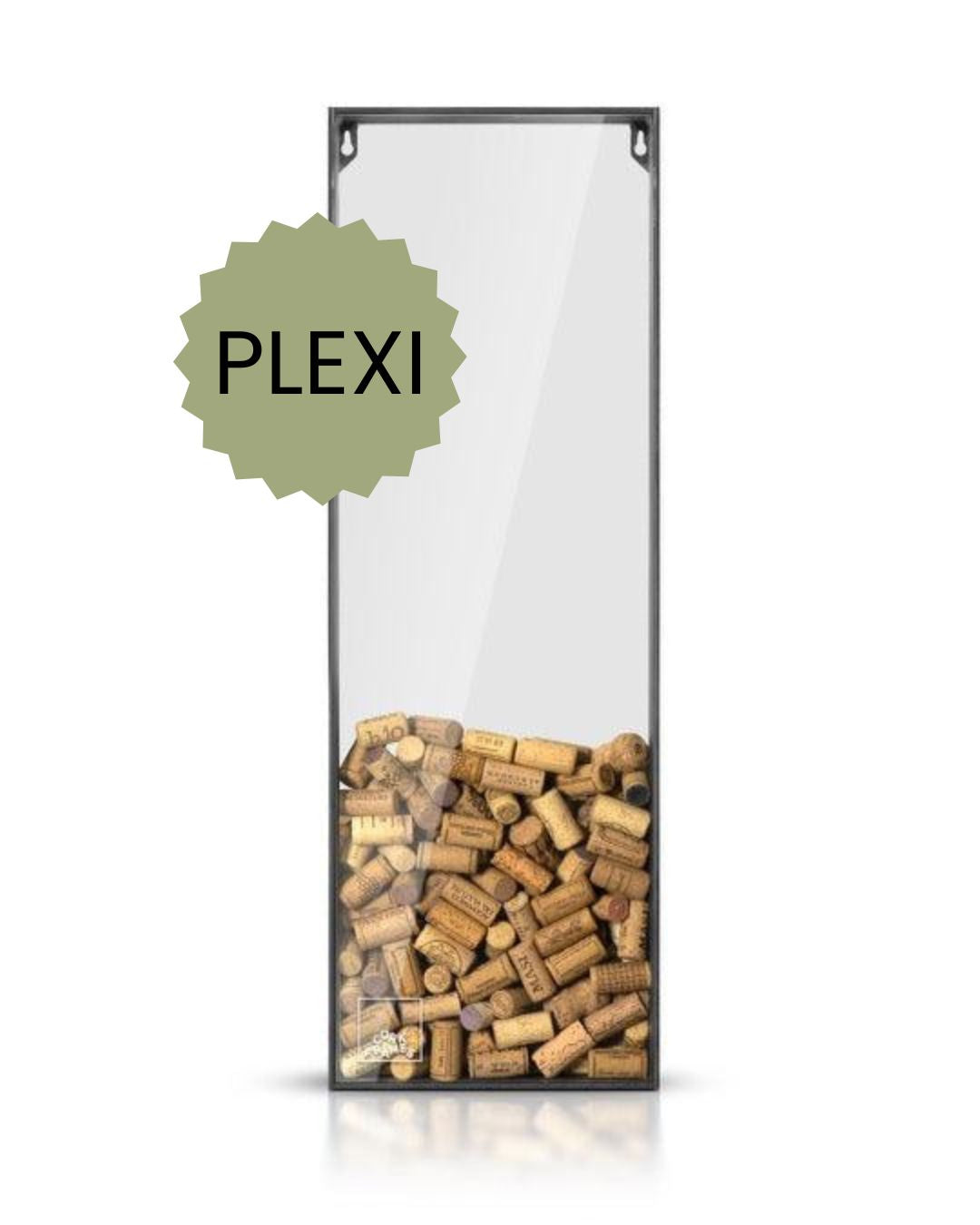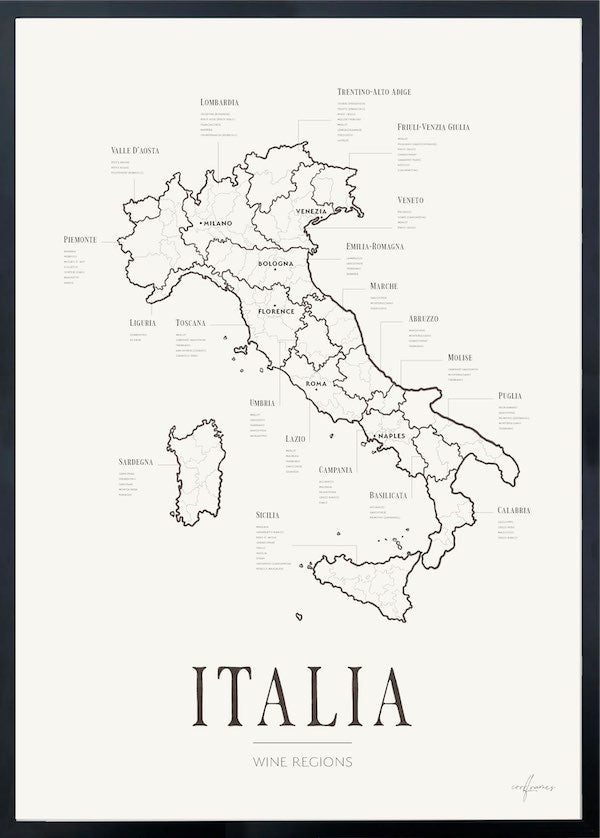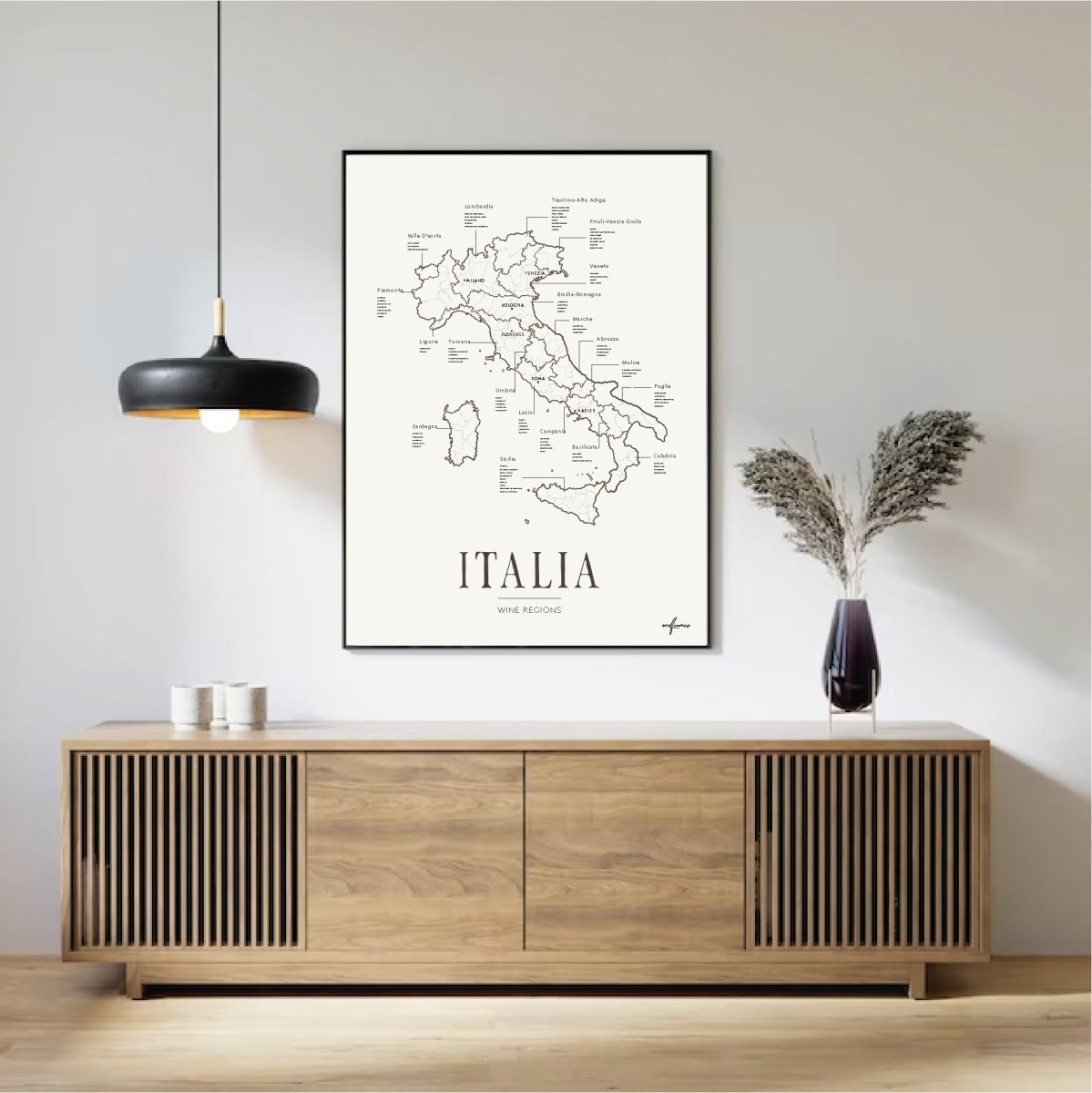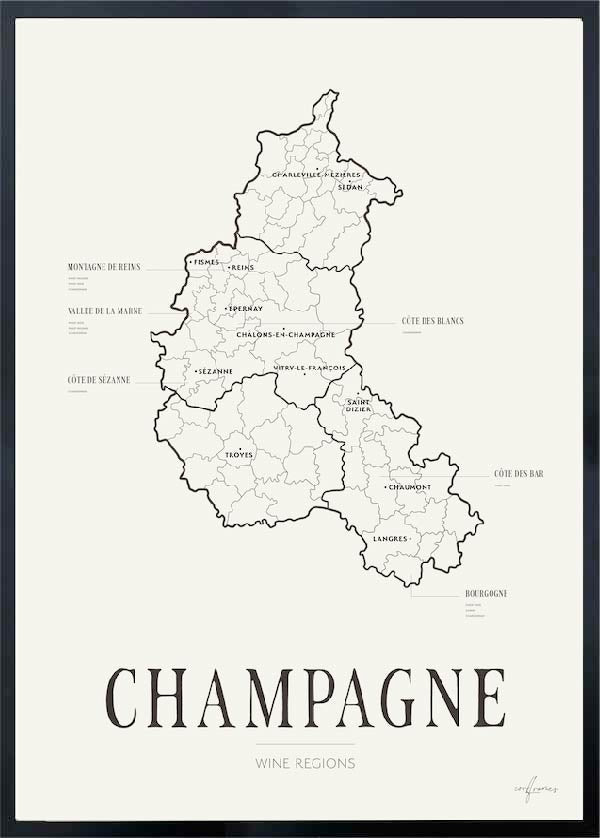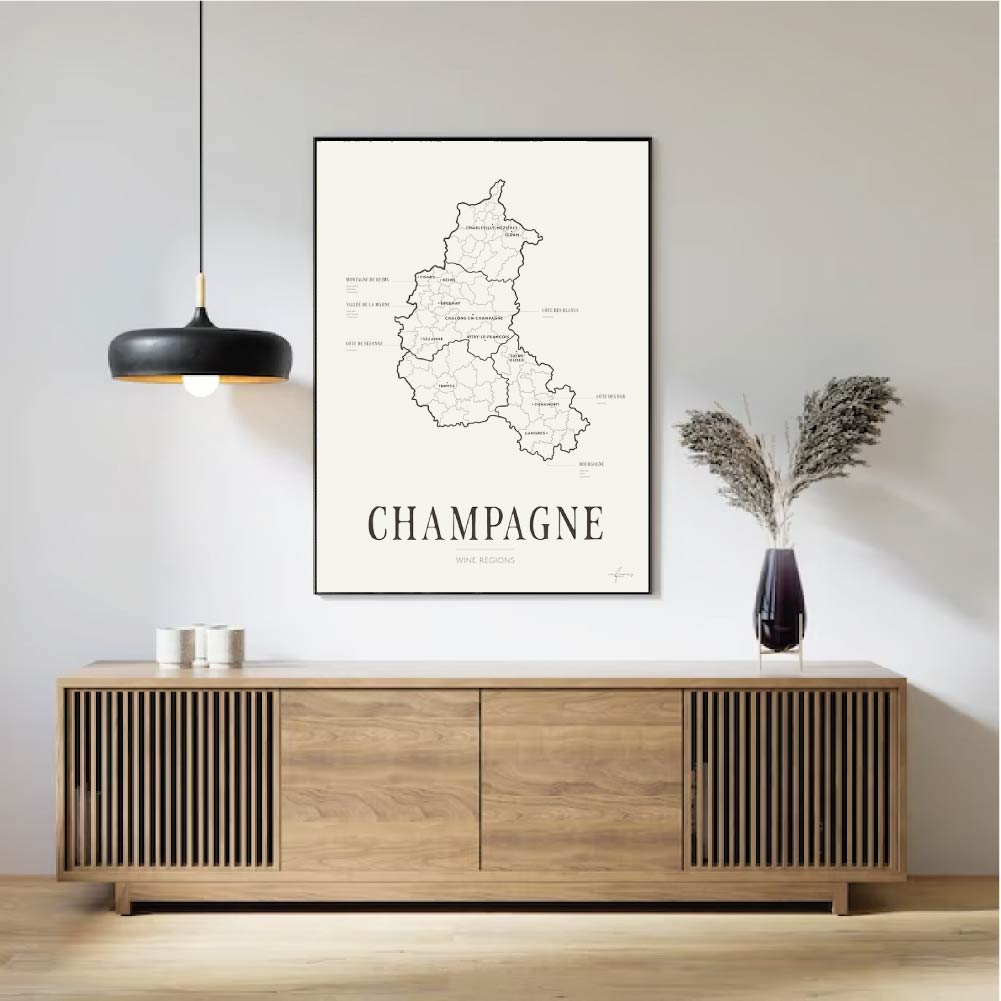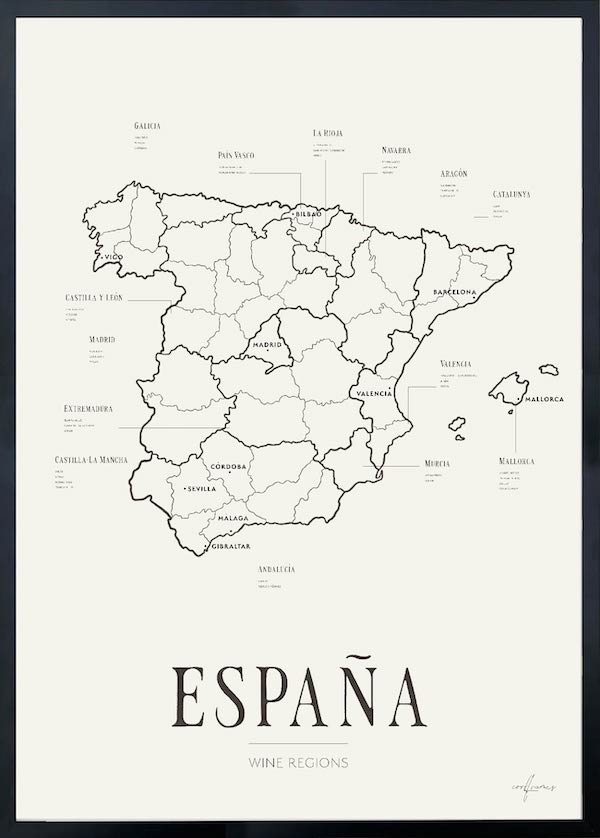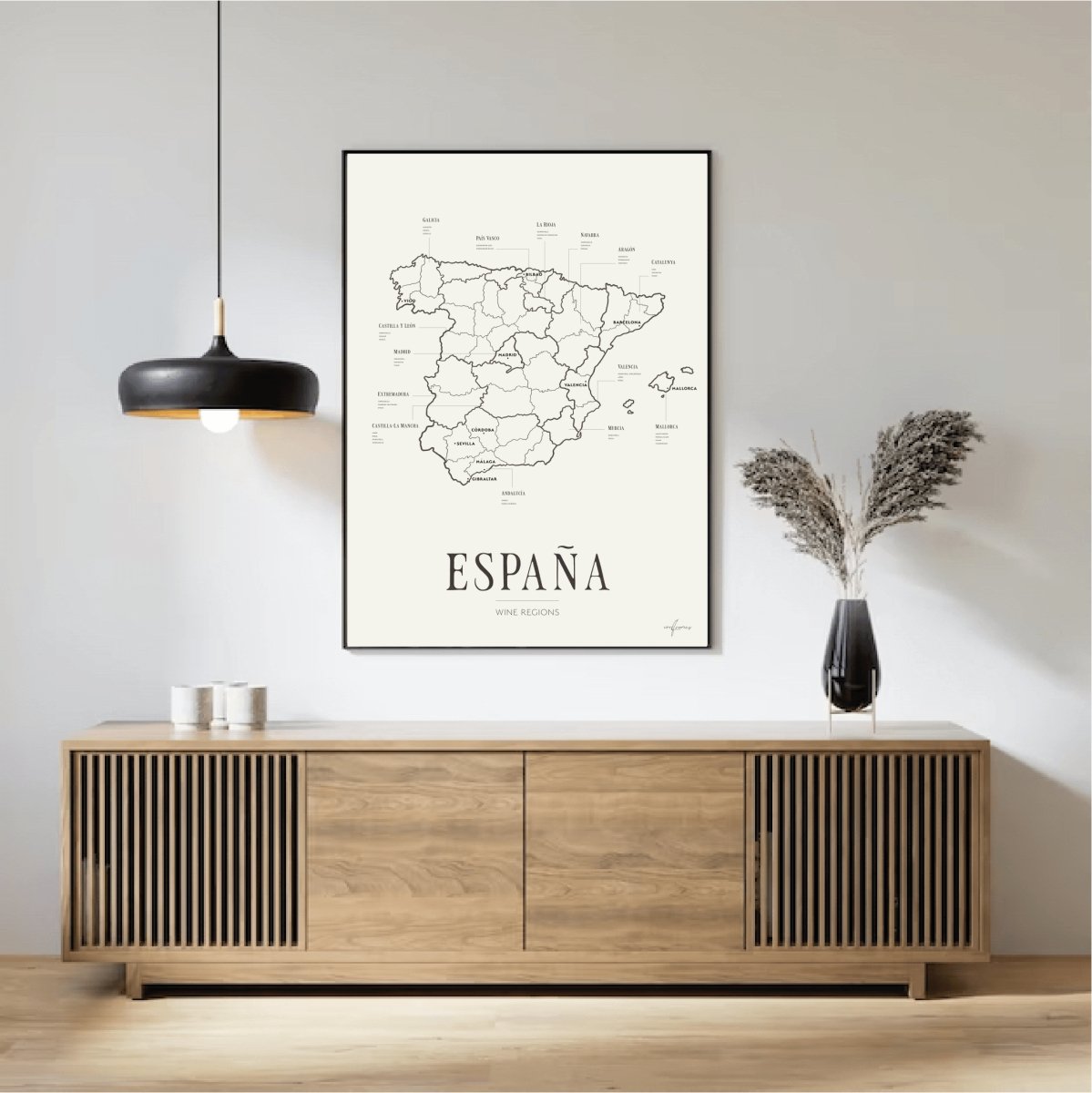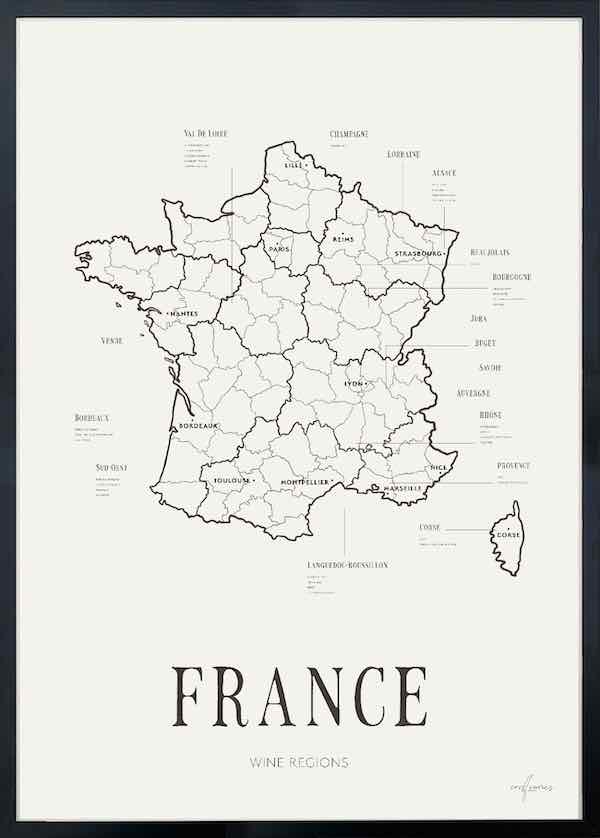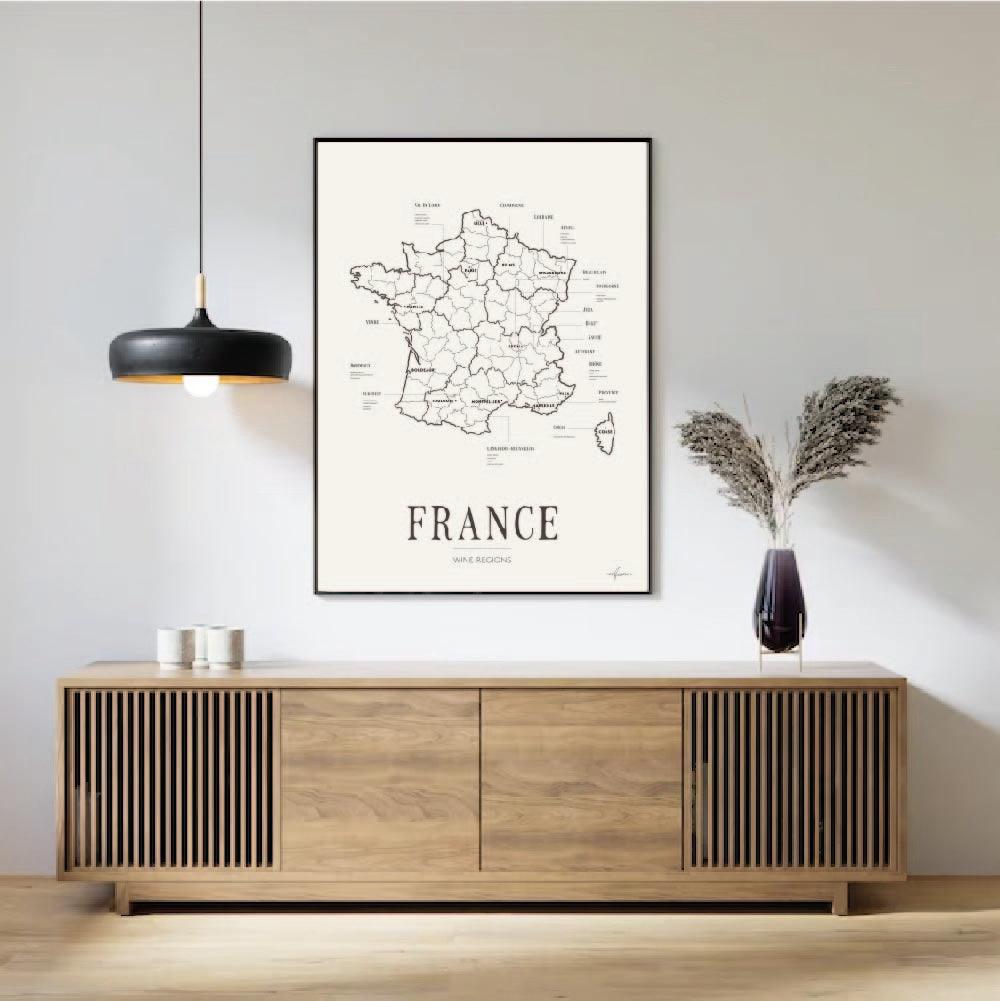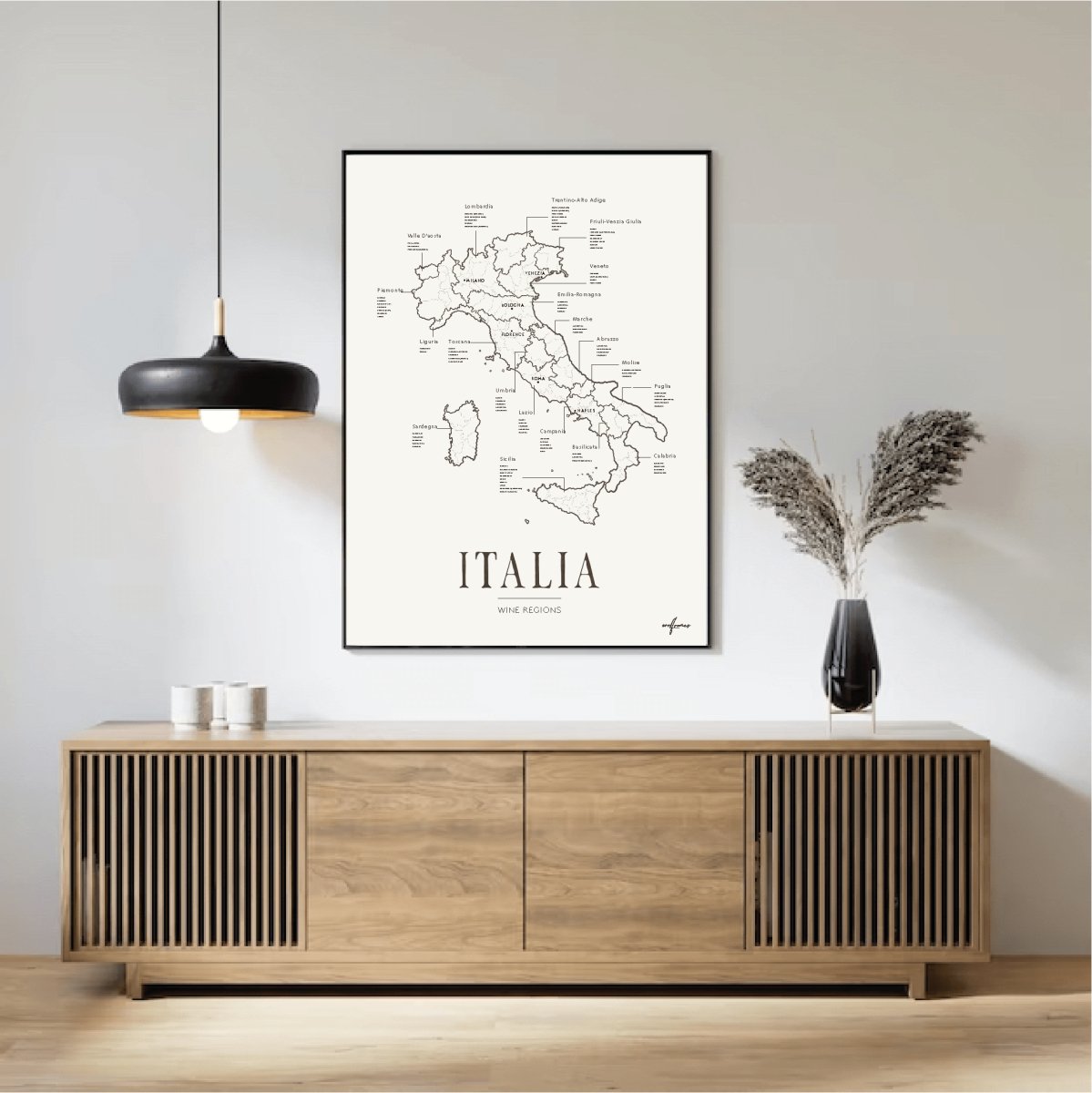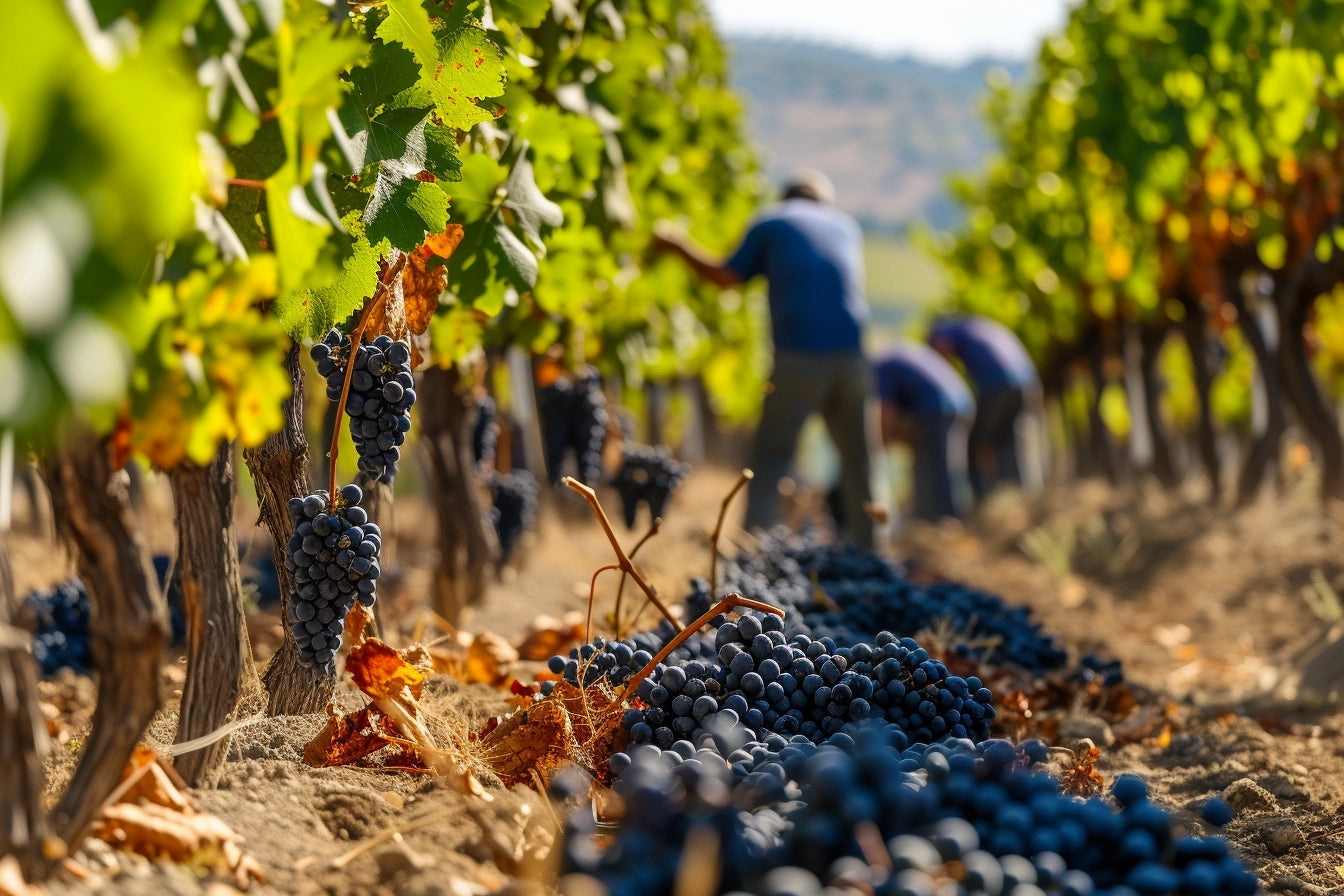Bourgogne, or Burgundy in English, is located in eastern France, stretching from Chablis in the north to Beaujolais in the south. This region is celebrated worldwide for its exceptional wines, especially those made from Pinot Noir and Chardonnay.
With a winemaking history that dates back over a thousand years, Bourgogne is home to some of the most revered vineyards and wine villages in the world. The diversity in terroir, microclimates, and winemaking traditions across its sub-regions makes Bourgogne a fascinating and complex wine region.
Knowing the key areas and what they produce can greatly enhance your understanding and appreciation of these wines.
Chablis:
Chablis is the northernmost region in Bourgogne, renowned for its white and crisp wines made from the Chardonnay grape. It is not contiguous with the other districts in Bourgogne, but instead is an enclave located 130 km northwest of Dijon, halfway to Paris.
Côte d’Or:
The Côte d’Or is the heart of Bourgogne, divided into two parts: the northern Côte de Nuits and the southern Côte de Beaune.
-
Côte de Nuits is famous for producing the most expensive and prestigious red wines in Bourgogne, primarily made from Pinot Noir. Notable villages include Gevrey-Chambertin, Chambolle-Musigny, and Vosne-Romanée, home to the legendary Romanée-Conti vineyard.
- Côte de Beaune produces both red and white wines, with some of the world’s most renowned Chardonnay wines coming from villages like Meursault, Puligny-Montrachet, and Chassagne-Montrachet. South of Beaune lies Montrachet, a Grand Cru vineyard famed for its exceptional white wines. Also, villages like Pommard and Volnay are key for their distinctive red wines.
Hautes-Côtes de Nuits and Hautes-Côtes de Beaune:
These areas are located on the higher slopes to the west of Côte de Nuits and Côte de Beaune. They produce lighter red, white, and rosé wines, offering a more accessible price point.
Côte Chalonnaise:
Located south of the Côte d’Or, the Côte Chalonnaise produces both red and white wines of good quality. The wines are similar to those from Côte de Beaune, though slightly more robust. Villages such as Mercurey, known for its red wines, play a significant role here. In addition to the dominant Pinot Noir and Chardonnay, other grape varieties such as Gamay and Aligoté are also used.
Mâconnais:
Primarily focused on white wines, the Mâconnais region produces more white wine than the rest of Bourgogne combined. The bedrock in this district consists mainly of limestone. The village of Pouilly-Fuissé stands out for its high-quality Chardonnay wines, often more robust and fuller-bodied compared to other white wines from Bourgogne.
Beaujolais:
Beaujolais, located at the southernmost point of Bourgogne, produces roughly the same amount of wine as the rest of Bourgogne combined. The dominant grape here is Gamay. The district is known for its juicy, easy-drinking red wines made using the macération carbonique process, where fermentation initially occurs in large vats under carbon dioxide pressure, without crushing the grapes or adding yeast.
Châtillonnais:
Situated northwest of Côte d’Or, this lesser-known area is gaining recognition for its production of Crémant de Bourgogne, a sparkling wine that is becoming increasingly popular.
Santenay:
At the southern end of Côte de Beaune, Santenay is known for producing both red and white wines, offering great value and quality.

